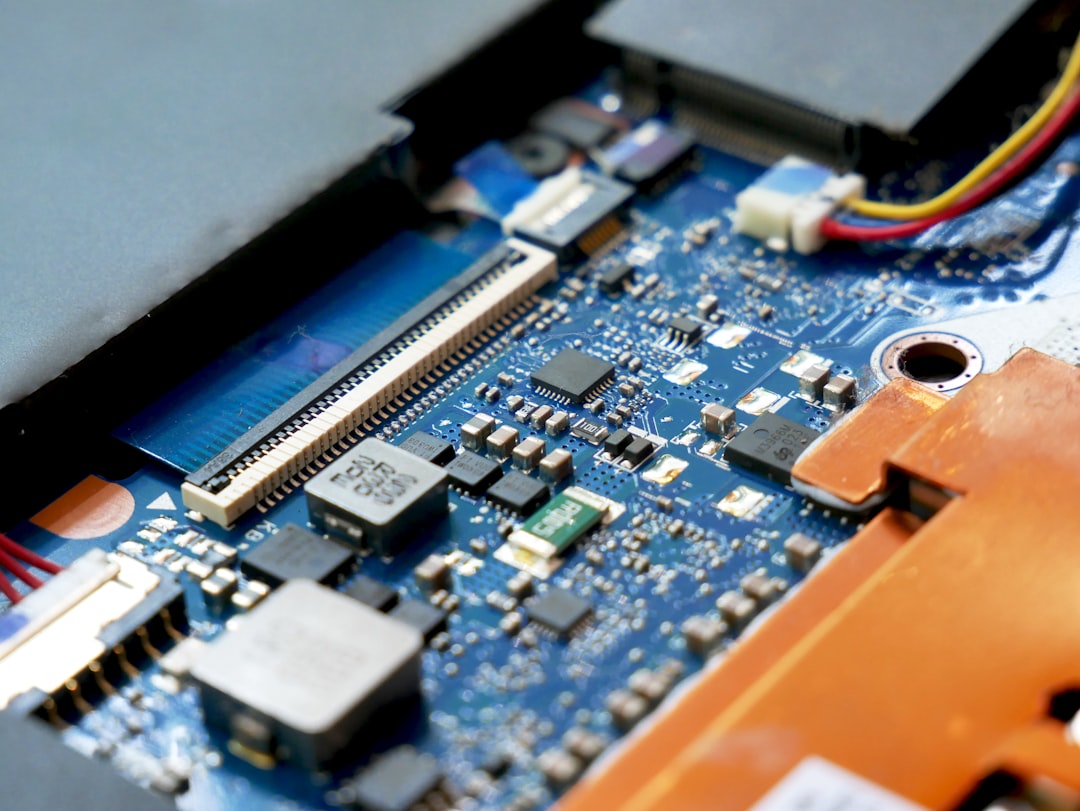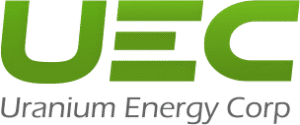Taiwan Semiconductor Manufacturing Co (TSMC) (NYSE:TSM; TW:2330) delivered a blockbuster first quarter, posting a 60% jump in net profit and guiding higher for Q2 as AI-driven chip demand remains robust. However, management flagged potential risks from evolving tariff policies and rising fab costs.
Q1 2025 Financial Highlights
-
Net Income: NT$361.56 billion ($11.12 billion), up 60% year‑on‑year (analyst median: NT$354.6 billion)
-
Revenue: NT$839.25 billion ($25.81 billion), up 41.6% YoY (forecast: NT$835.17 billion)
-
Gross Margin: 58.8%, down 0.2 ppt—impacted by earthquake disruptions and initial cost dilution at the new Japan fab
Q2 2025 Outlook
-
Revenue Guidance: US $28.4 billion–$29.2 billion
-
+13% sequential growth
-
+38% YoY at midpoint
-
-
Margin Forecast: Expected to ease by 80 bps to 58% as Arizona ramp‑up costs kick in
-
2025 Margin Pressure: Projected 2–3% hit from overseas fab expansions (Arizona, Kumamoto); 3–4% annual dilution in later years
Strategic Drivers and Risks
-
AI Chip Demand:
-
TSMC reaffirms that AI accelerator revenue will double in 2025, underpinned by continued customer ramp‑ups.
-
-
U.S. Investment:
-
A $100 billion U.S. expansion—announced at the White House last month—furthers TSMC’s global capacity footprint.
-
-
Tariff Uncertainty:
-
“There are uncertainties and risks from the potential impact of tariff policies,” management noted, though customer ordering behavior remains unchanged so far.
-
-
Operational Disruptions:
-
A 6.4‑magnitude earthquake in Taiwan and initial cost dilution from the new Japan fab weighed slightly on margins this quarter.
-
Monitor TSMC’s Valuation Metrics
For a deeper look at TSMC’s profitability and valuation trends—including P/E, ROE, and EV/EBITDA—investors can explore the
🔗 Ratios TTM Statement Analysis API from Financial Modeling Prep.
This API delivers up‑to‑date trailing‑twelve‑month ratios to track TSMC’s financial health as it navigates both growth opportunities and geopolitical headwinds.
TSMC’s robust Q1 performance and confident Q2 guidance underscore its pivotal role in the AI semiconductor boom—even as it braces for margin dilution from new fab investments and potential tariff shocks.




